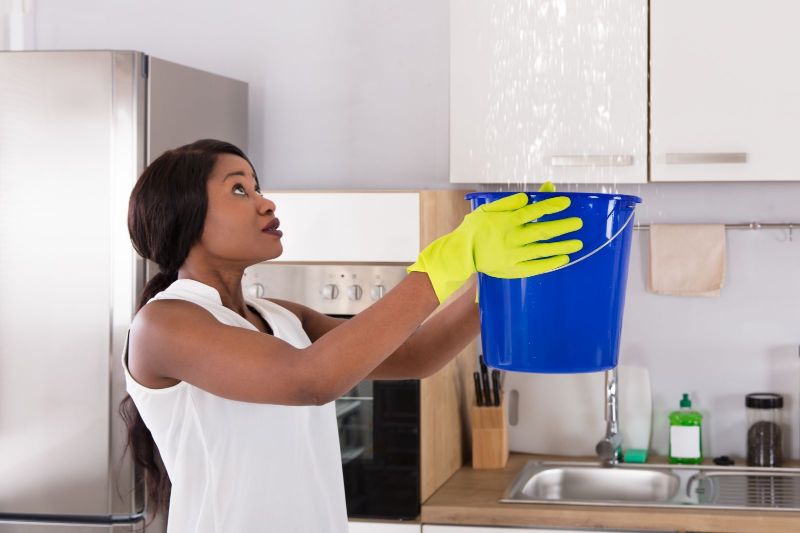Water damage is a homeowner's nightmare, capable of wreaking havoc on properties and causing significant financial and emotional distress. From burst pipes to natural disasters, water intrusion can lead to structural damage, mold growth, and the loss of cherished possessions. In such dire circumstances, prompt and professional water damage restoration is essential to mitigate the destruction and salvage homes from the brink of disaster.
Understanding Water Damage
Water damage can occur suddenly or gradually, stemming from various sources such as leaking roofs, plumbing issues, or flooding. Regardless of its origin, the consequences can be devastating. Water seeps into walls, floors, and ceilings, compromising the integrity of the building and creating an ideal environment for mold and mildew to thrive. Left unchecked, water damage can escalate rapidly, causing irreparable harm and posing health risks to occupants.
The Importance of Swift Action
Time is of the essence when dealing with water damage. Every minute counts, as prolonged exposure to moisture exacerbates the problem and increases restoration costs. Upon discovering water intrusion, homeowners must act swiftly to mitigate the damage. This includes shutting off the water source, removing excess water, and contacting professional restoration services without delay.
Professional Water Damage Restoration
Water damage restoration is a specialized process that requires expertise, equipment, and meticulous attention to detail. Professional restoration companies employ certified technicians who are trained to assess the extent of the damage and implement effective remediation strategies. From water extraction and drying to disinfection and deodorization, every step is crucial to restoring the property to its pre-loss condition.
Assessment and Mitigation
The first step in water damage restoration is a comprehensive assessment of the affected area. Technicians inspect the extent of the damage, identify potential hazards, and develop a tailored restoration plan. Swift mitigation measures are implemented to prevent further deterioration and minimize secondary damage. This may involve boarding up windows, tarping roofs, or temporarily relocating occupants to safe accommodations.
Water Extraction and Drying
Once the assessment is complete, the restoration process begins with water extraction and drying. Powerful pumps and industrial-grade dehumidifiers are used to remove standing water and moisture from the premises. Specialized equipment such as moisture meters and infrared cameras are employed to detect hidden pockets of water behind walls or under flooring. Thorough drying is essential to prevent mold growth and structural damage.
Cleaning and Sanitization
After the water has been extracted and the area is thoroughly dried, the next step is cleaning and sanitization. Surfaces are scrubbed, disinfected, and treated with antimicrobial agents to eliminate mold spores, bacteria, and odors. Personal belongings such as furniture, carpets, and clothing may undergo specialized cleaning procedures to ensure they are safe for use.
Restoration and Reconstruction
Once the property is clean and dry, the final phase of restoration begins. Damaged materials such as drywall, flooring, and insulation are replaced or repaired as needed. Carpentry, painting, and other finishing touches are applied to restore the aesthetics of the home. The goal is to return the property to its pre-loss condition, ensuring that it is safe, functional, and visually appealing.
Preventative Measures and Maintenance
While professional water damage restoration is indispensable in mitigating the aftermath of a water-related disaster, homeowners can take proactive measures to minimize the risk of future incidents. Regular maintenance of plumbing systems, gutters, and roofing can prevent leaks and water intrusion. Installing sump pumps, backflow preventers, and waterproofing measures can further safeguard the home against flooding and water damage.
Water damage restoration is a complex and multifaceted process that requires expertise, precision, and dedication. By entrusting the task to professional restoration services, homeowners can expedite the recovery process and minimize the long-term consequences of water damage. Swift action, thorough mitigation, and proactive maintenance are key to saving homes from the soaked havoc unleashed by water intrusion.

